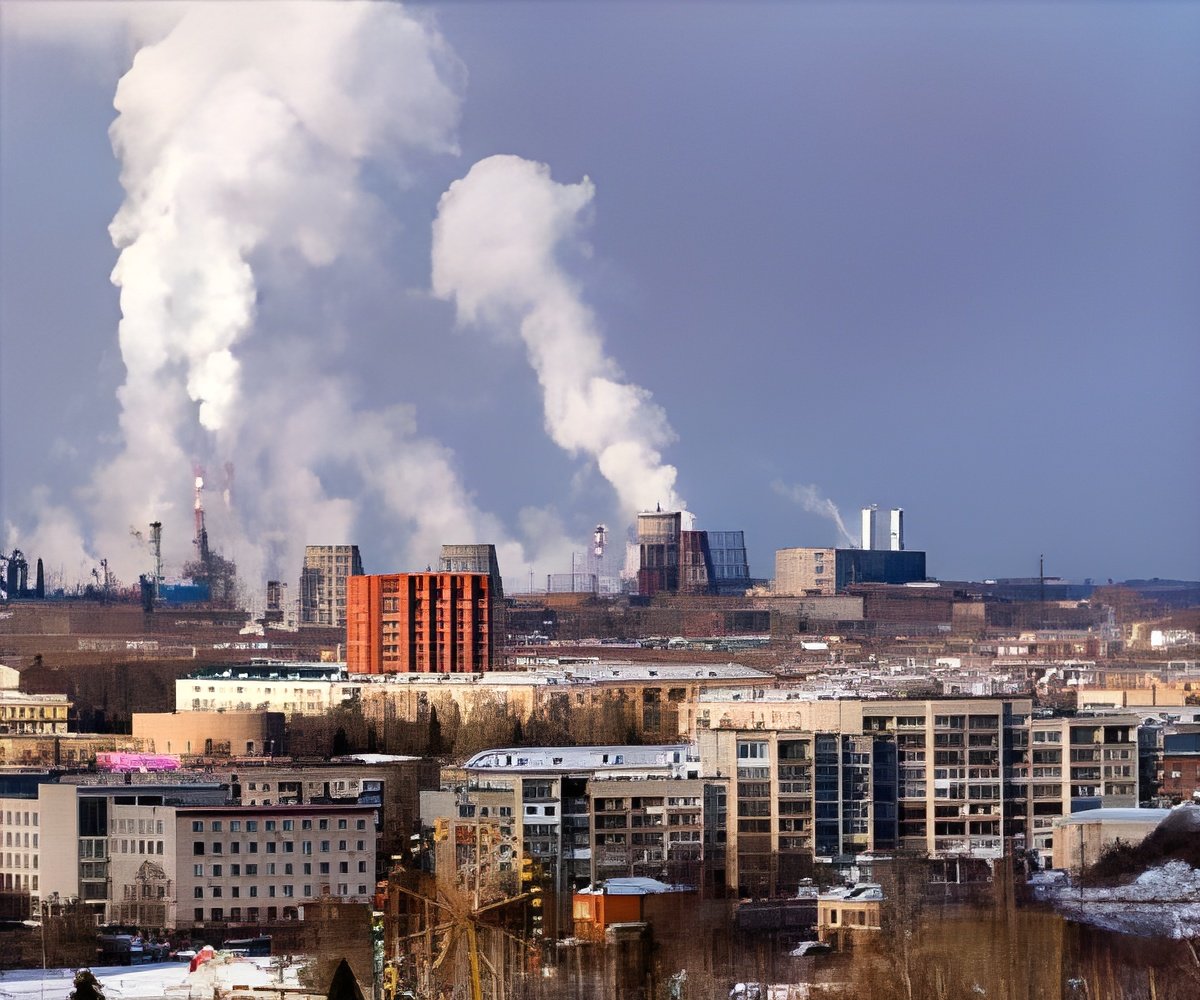
‘For India, the PM10 levels should be less than 100 and PM 2.5 levels should be less than 60. PM 2.5 and PM 0.1 particles can increase the risk of mortality due to heart disease.’
Tweet it Now
Particulate matter consists of a complex mixture of solid and liquid particles of organic and inorganic substances suspended in the air. It is mainly made up of sulfates, nitrates, ammonia, sodium chloride, black carbon, mineral dust and water and allergens (fragments of pollen or mold spores).When outdoor levels of particulate matter are high, their levels also increase indoors.
Depending on the size, there are three types of particulate matter: PM 10, PM 2.5 PM and PM 0.1.
The sources of fine and ultra-fine particles include motor vehicles, power plants, biomass burning, agricultural burning, and industrial emissions. They remain suspended in the air for longer periods of time than coarse particles and hence, are more likely to be inhaled.
The size of the particles has a direct association with their effect on health. PM 10 particles can penetrate and remain deep inside the lungs, while PM 2.5 and PM 0.1 can penetrate the lung barrier and enter the blood system. They have more health damaging effects as they can affect all organs of the body. Fine particles (PM2.5) are the main cause of reduced visibility (haze).
Advertisement
The larger PM 10 particles can irritate the eyes, nose and throat. PM10 mainly affects the respiratory system and may precipitate an acute asthma attack and acute exacerbation of chronic bronchitis or may cause other respiratory problems such as cough, wheeze.
Advertisement
PM 2.5 and PM 0.1 particles also have a greater association with increased mortality due to heart disease.
Source-Medindia








